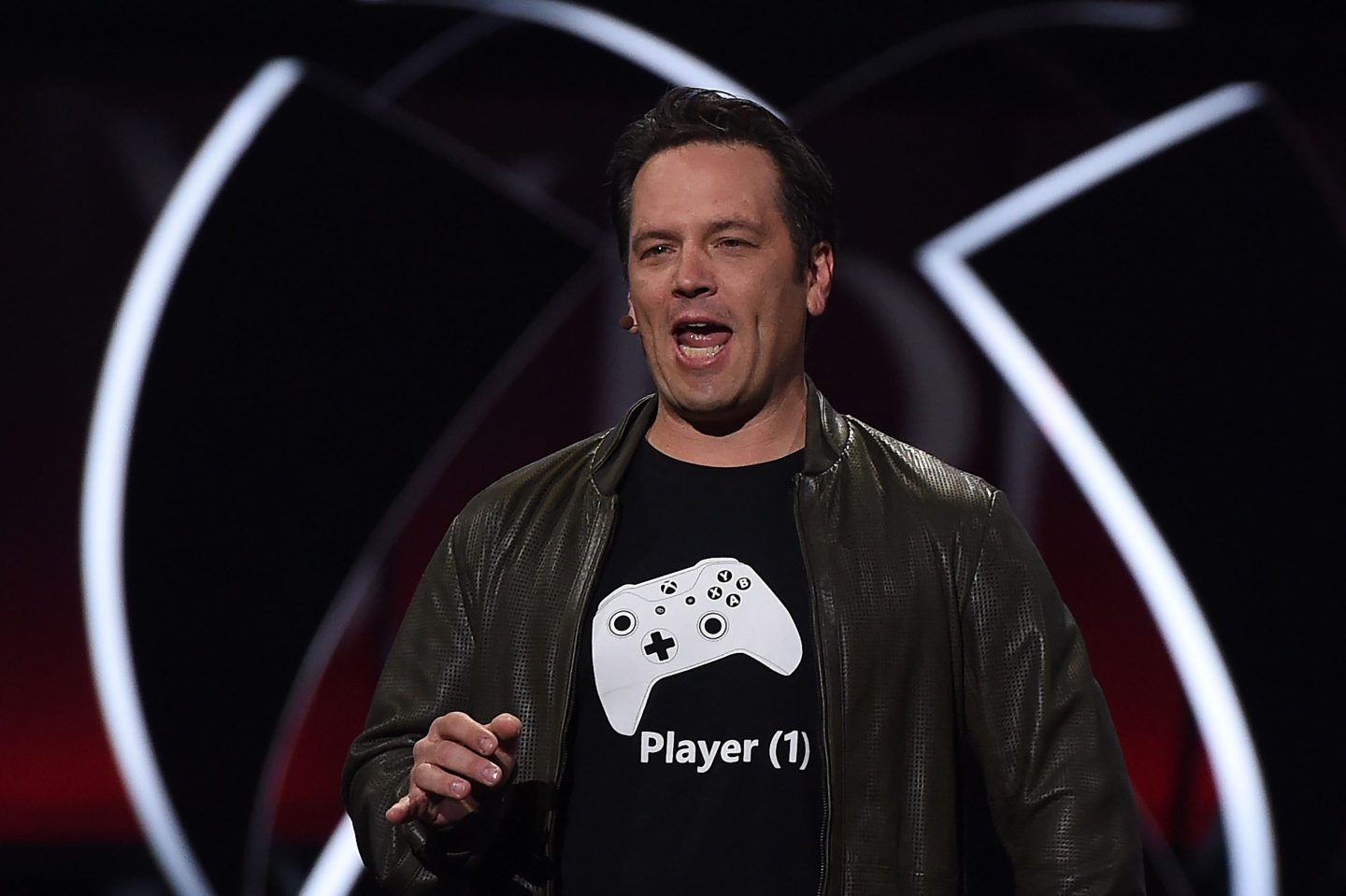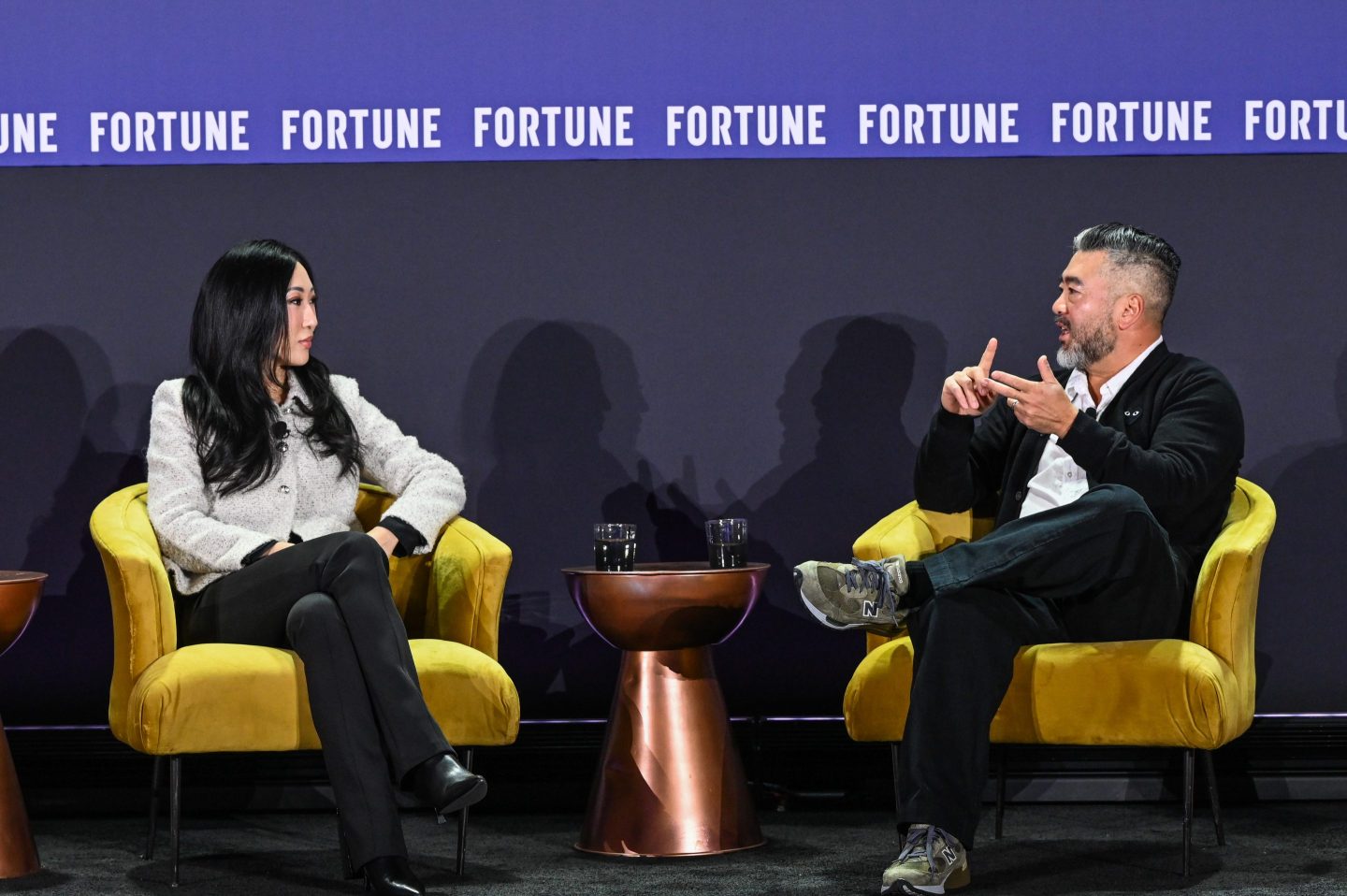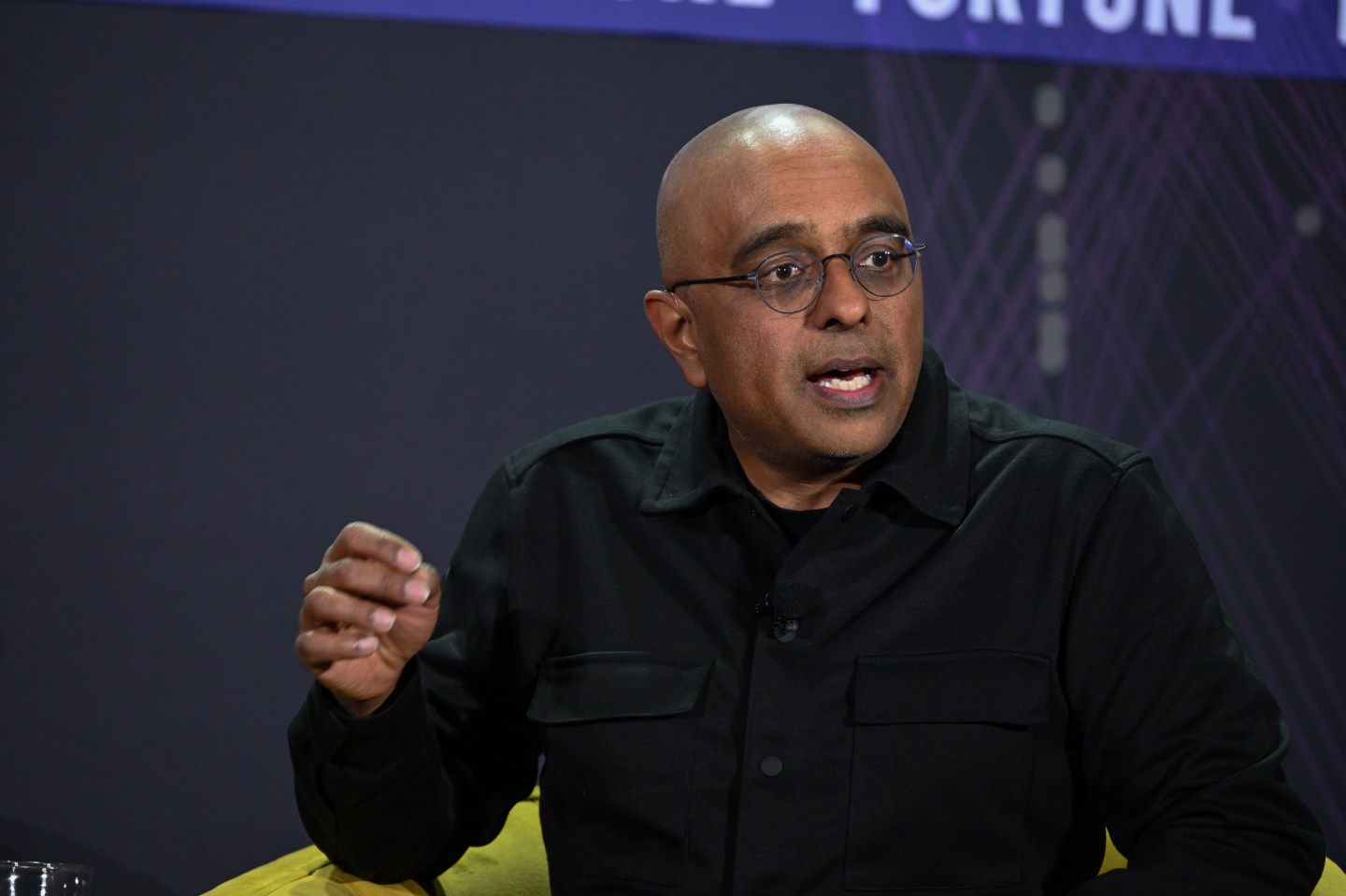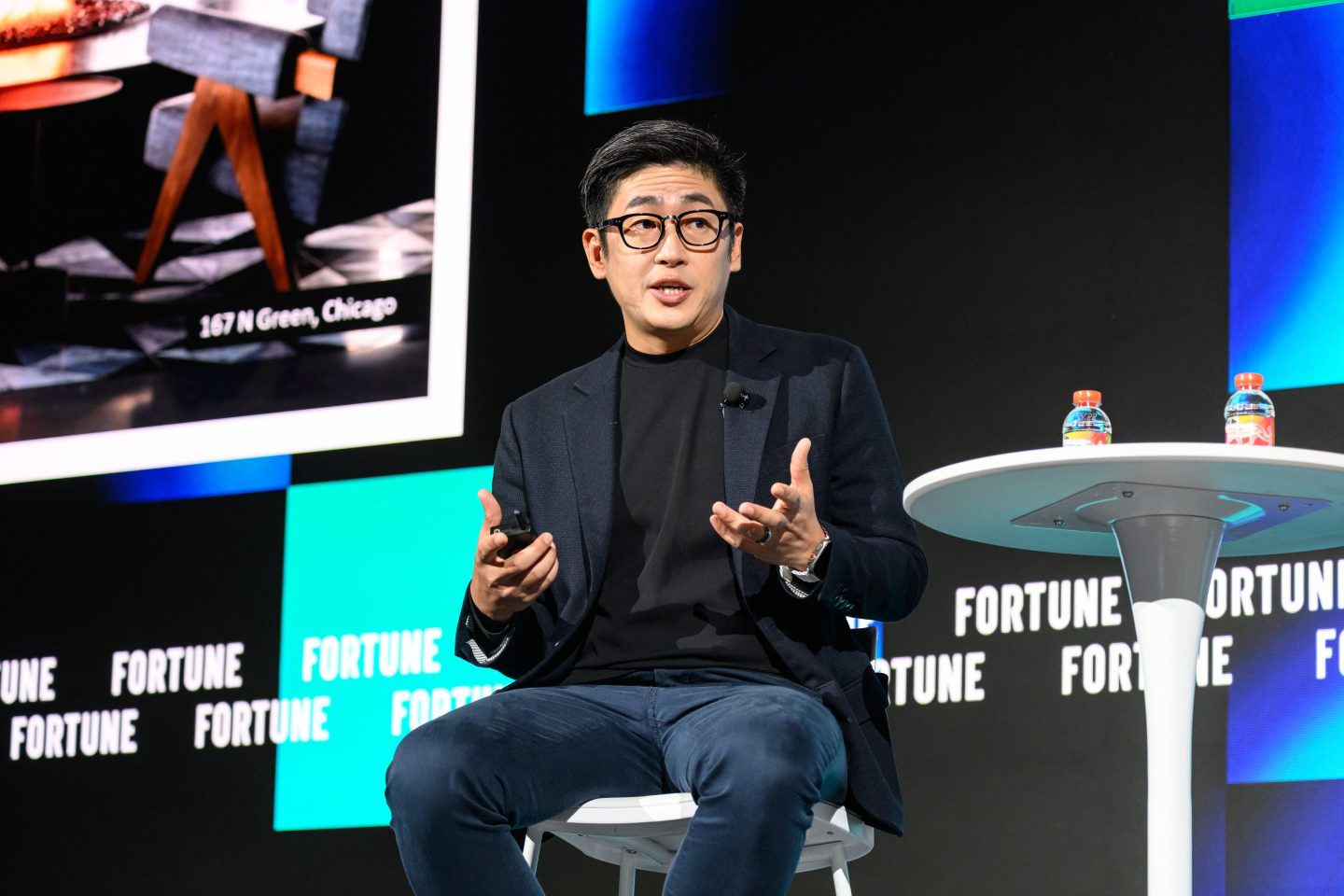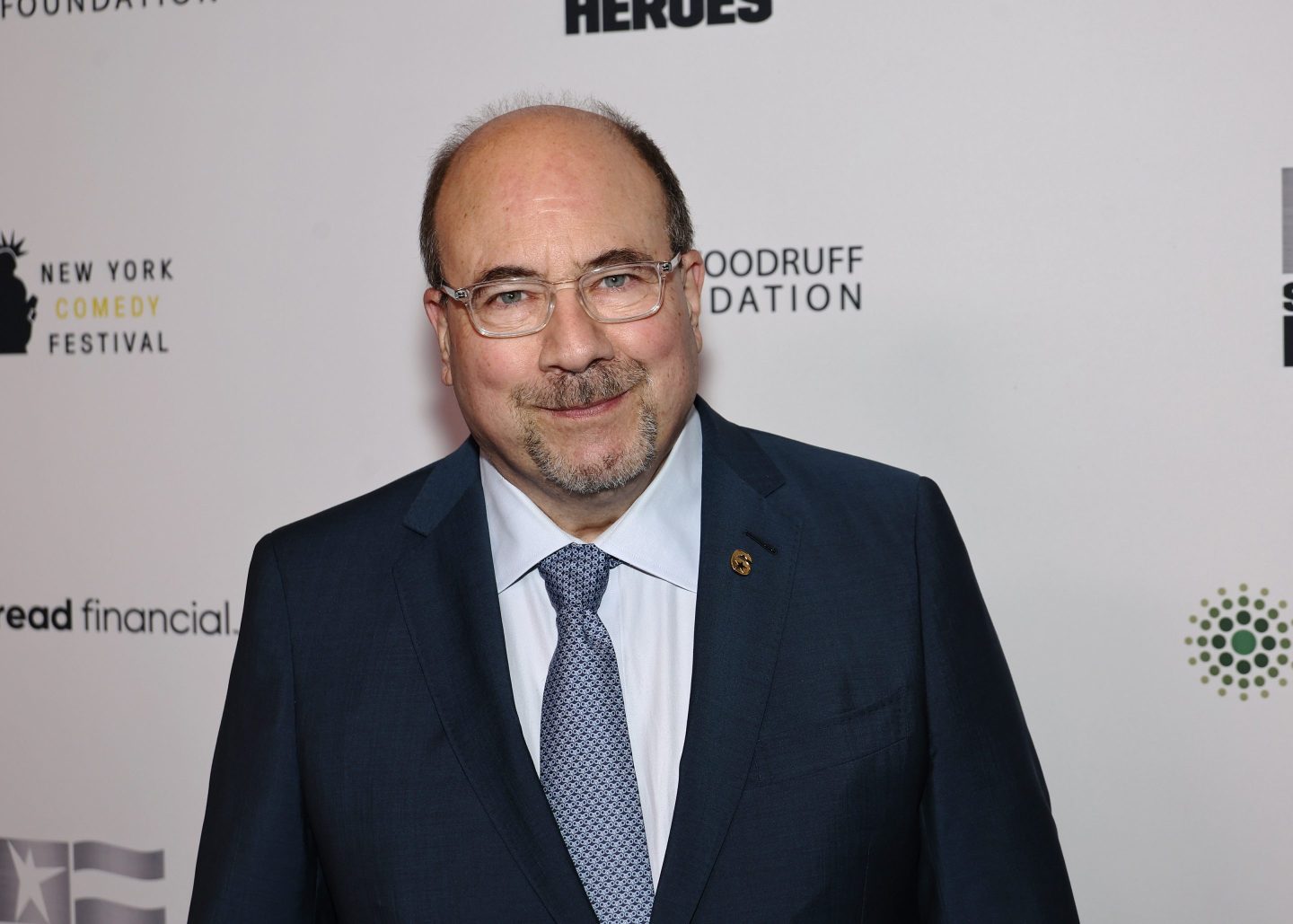Microsoft says it has big plans for a new, gaming-focused mobile app store—but the whole venture hangs on its treatment by antitrust regulators.
In an interview with the Financial Times, Microsoft Gaming chief Phil Spencer said the new app store may become viable after March next year when the EU’s Digital Markets Act comes into force. The incoming law would tackle “gatekeepers” such as Google and Apple, forcing them to loosen their duopolistic grip on smartphone app distribution.
Those with long memories will recall European antitrust enforcers once forcing Microsoft to stop using its control of Windows to try to capture the browser market, and they will appreciate the irony of the company now having reason to thank the regulators for their pro-competitive actions.
However, to become truly viable, the new Xbox app store would have to have the mobile games people want to play—and that’s where Microsoft needs to get the same regulators off its back. Not for the first time, Microsoft argued that clearance of its $68.7 billion Activision Blizzard takeover would give it the titles it needs to fill (in Spencer’s words) an “obvious hole in our capability.” That means games like Call of Duty, Diablo Immortal, and Candy Crush.
British regulators in particular have already indicated that they’ll block the merger unless Microsoft cuts loose the Call of Duty franchise at the very least. Similarly, EU regulators are worried Microsoft would use its control over the popular games to disadvantage rivals such as Sony and Nintendo. Microsoft, which is already promising to give those competitors equal access to Call of Duty titles for a decade, is now attempting a clever rhetorical trick—it’s essentially arguing that letting the megadeal go through would actually be pro-competitive because it would boost competition in the mobile app distribution space.
Will the argument work? Who knows—but there are two lessons we can already take away from the saga.
First, Microsoft’s argument and plans underscore how crucial Europe is in shaping the tech space’s trajectory. The innovation may mostly take place in the U.S., but the country’s inability or unwillingness to enact meaningful tech regulation has left the field wide open for the EU and the U.K. The size of these markets make them impossible for tech companies to ignore, so the effects of regulation there are felt globally—if forced to play nicer in the EU, Google and Apple would find it extremely difficult to justify retaining heavier restrictions on their platforms elsewhere in the world.
But more broadly, the prospect of Microsoft being empowered to take advantage of a more open iOS and Android highlights the tumult that is once again characterizing the tech industry. Through a combination of regulatory action and the emergence of new technologies such as generative A.I., old fortifications are starting to crumble and new arenas for competition are opening up. And battlefield veterans see an opportunity to recast themselves as challengers.
David Meyer
Data Sheet’s daily news section was written and curated by Andrea Guzman.
NEWSWORTHY
Bard makes its debut. Google has released its A.I. chatbot in the U.S. and the U.K. in its effort to rival OpenAI’s ChatGPT. In Google’s announcement, the company recognized that large language models are “not without their faults.” Google said that its outputs can reflect real-world biases and stereotypes and that it can also give inaccurate, misleading, or false information while presenting it confidently. But Google says it will continue to improve the bot and add capabilities like more languages and multimodal experiences.
TikTok’s parent company updates its corporate structure. A chart titled “Corporate Structure” was posted on the ByteDance website, a public updatethat comes days before TikTok’s CEO will appear before the House Energy and Commerce Committee for a hearing on the app’s data practices and its ties to the Chinese government. The only direct connection to China shown in the chart is through the Hong Kong-based Douyin Group, which matches the name of the Chinese version of the TikTok app.
Twitter tests new verification. Twitter seems to be testing a new verification process for Twitter Blue subscribers that would involve submitting a government ID, TechCrunch reports. The feature was found in Twitter’s code by product intelligence firm Watchful.ai. This comes after the social media company revised its verification process under Elon Musk’s ownership to one where users could pay for a verification checkmark, a practice Meta picked up by launching paid verification on Facebook and Instagram in the U.S. last week.
ON OUR FEED
“It's gut-wrenching to lose co-workers. As an added bonus, those of us that were fortunate enough to keep our jobs have had to absorb an unmanageable amount of work. I understand the need to cut costs, but dragging this out over 6 months is torture. Not pulling back on priorities with reduced staff demonstrates poor leadership. Amazon can and should do better.”
—Senior product manager at Amazon Becky Brownlee, writing on LinkedIn after CEO Andy Jassy said Amazon will eliminate 9,000 more jobs in the next few weeks
IN CASE YOU MISSED IT
OpenAI CEO Sam Altman wants to give you crypto to scan your eyeballs. Can Worldcoin get billions of people to prove they’re not A.I. bots?, by Leo Schwartz
How Intuit is reskilling talent to win big on its $20 billion A.I. bet, by Amber Burton
Microsoft’s browser update includes a crypto wallet prototype. A researcher is ‘pretty confident’ of a wider release, by Ben Weiss
Finance YouTubers who promoted FTX have now been handed a $1billion lawsuit, by Eleanor Pringle
300 colleges, 400 courses, and a $1.2 billion investment: Inside Amazon’s push to place 750,000 frontline workers into higher paying jobs at the retail giant, by Paolo Confino
BEFORE YOU GO
Bing’s new image creator. People using Bing search can create images from text with a new feature powered by the DALL-E model from OpenAI.Microsoft says it has baked safeguards from OpenAI and its own protections into Image Creator. It will supposedly detect when a potentially harmful image could be generated by a prompt, and then move to block the prompt and warn the user. It will also include a modified Bing icon in the bottom left corner of each image to help indicate that the image was created using A.I. “We continue to work closely with OpenAI to build, test and review mitigations for our integrations,” Yusuf Mehdi, consumer chief marketing officer at Microsoft said.
This is the web version of Data Sheet, a daily newsletter on the business of tech. Sign up to get it delivered free to your inbox.
